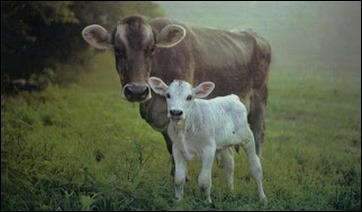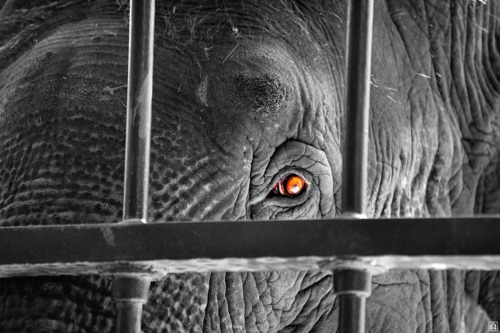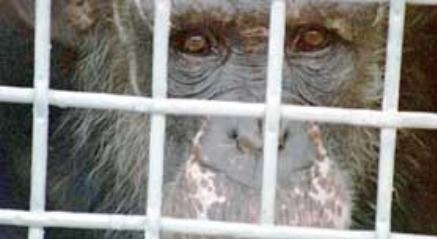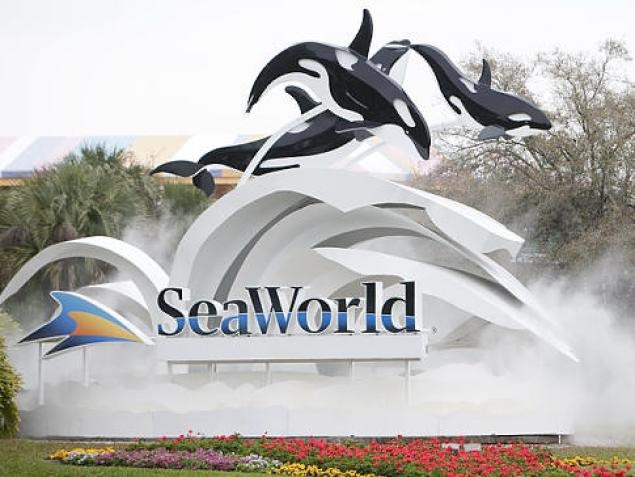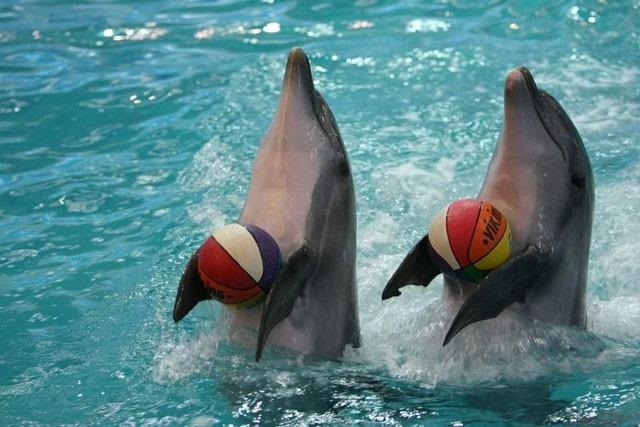Kimmela Farms the Science to Help Change Attitudes about Farm Animals
The Kimmela Center has begun the first phase of the Someone Project with Farm Sanctuary.
Much in the same way that we’re applying scientific evidence to advocacy on behalf of elephants, great apes, dolphins and whales as part of the Nonhuman Rights Project, the Someone Project will focus on the psychological complexity of farm animals, revealing the basis for their being a who – not a what.
The factory farming industry is invested in people believing that farm animals are simpler and less aware than the animals we don’t eat. But farm animals are not different in any way that matters morally from the dogs and cats with whom so many of us share our lives. The purpose of the Someone Project is to bring the scientific evidence to bear on this issue, to educate the public about the fact that every individual animal at a factory farm is “someone”, not “something”, and to bring about a change in perspective. And our goal is to bring about a time when we no more find it acceptable to factory farm pigs, chickens and cows than it would be to treat our pets or each other that way.
It would be no more acceptable to factory farm pigs, chickens and cows than to treat our pets or each other that way.
The Someone Project was initiated by Bruce Friedrich, Senior Director for Strategic Initiatives for Farm Sanctuary, and will include several approaches, beginning with a compilation of scientific research on farm animal behavior, emotions and cognition. Out of that, we will produce peer-reviewed scientific review papers and white papers. These, in turn, will be the starting point for the development of a strategic plan for continued research with farm animals in sanctuary settings and the production of materials that will promote an increased awareness of, and appreciation for the cognitive, behavioral, and emotional lives of farm animals. This material will be used to influence farm animal policy for the benefit of the animals themselves.
Kimmela will begin collecting and compiling scientific papers on each of the animal groups starting April 1, and will keep you updated on our progress and new developments.

